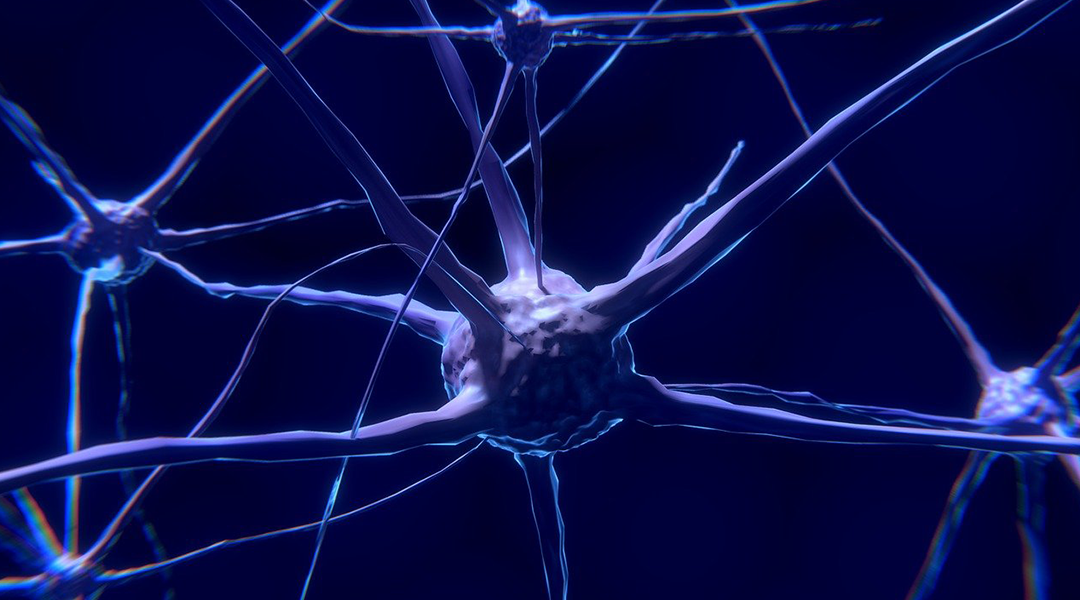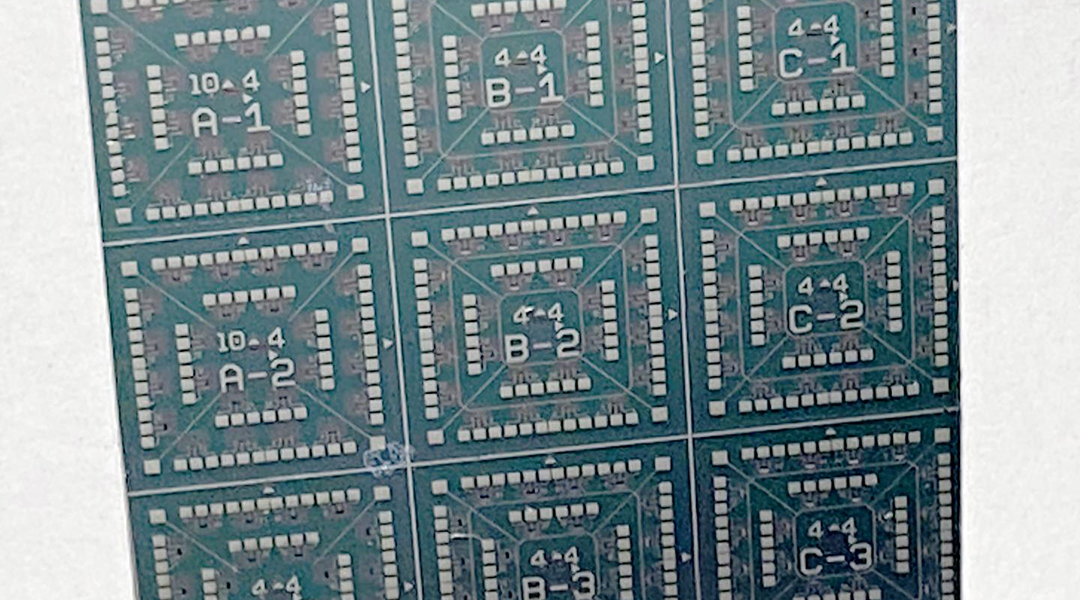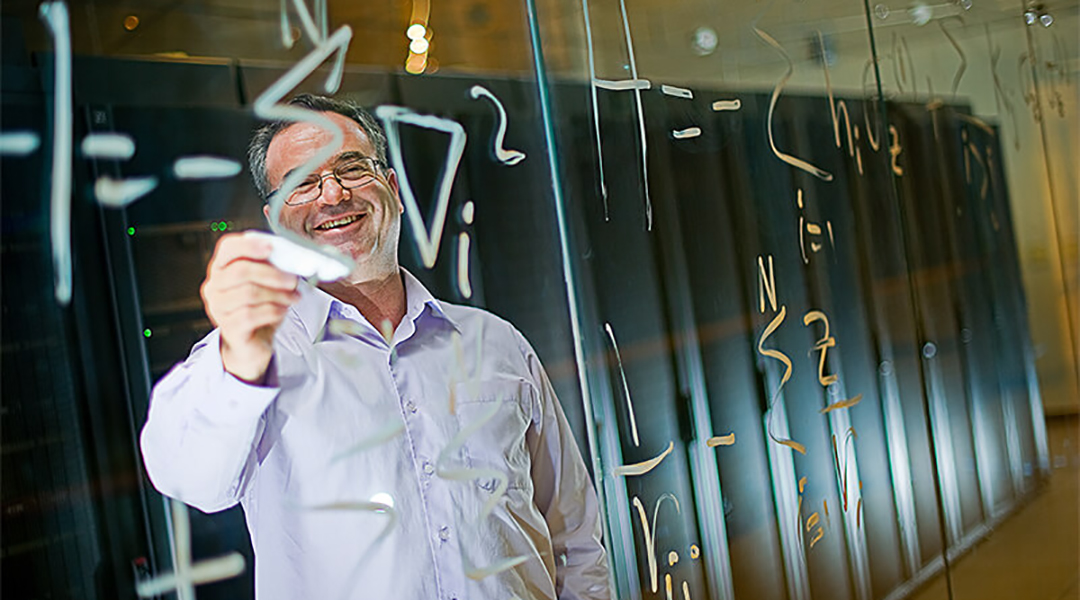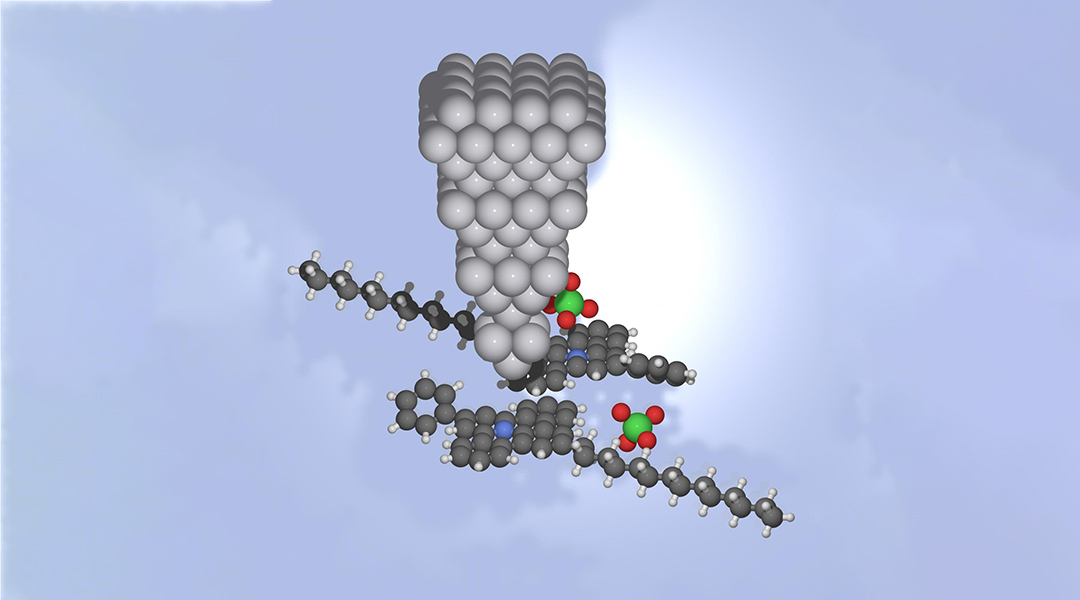Computers relying on subatomic physics: what are quantum computers, and how will they revolutionize our computing abilities?


Computers relying on subatomic physics: what are quantum computers, and how will they revolutionize our computing abilities?

Minimizing the variability between individual artificial synapses is a key step toward rolling them out for practical applications.

The waste chips of paint you strip off the walls might not be so useless afterall.

A new computing paradigm could help us to overcome a key performance bottleneck to improve our ability to query large data bases.

Researchers are developing algorithms and machine learning methods to further our understanding of the quantum state space.

Researchers integrate the elements needed for electronic filters into a single, self-assembling component.

Using the principles of quantum mechanics, scientists are unlocking incredible computing powers one experiment at a time.

New quantum algorithms will have dramatic impact in computational molecular biology and bioinformatics and promise to impact a number of life science applications.

Researchers have discovered a single-molecule “switch” that can act like a transistor and offers the potential to store binary information.

As the way in which we work, socialize, and live becomes ever-more digital, enabling faster internet speeds and bandwidth capacity while using existing infrastructures promises a new dawn of the digital age.